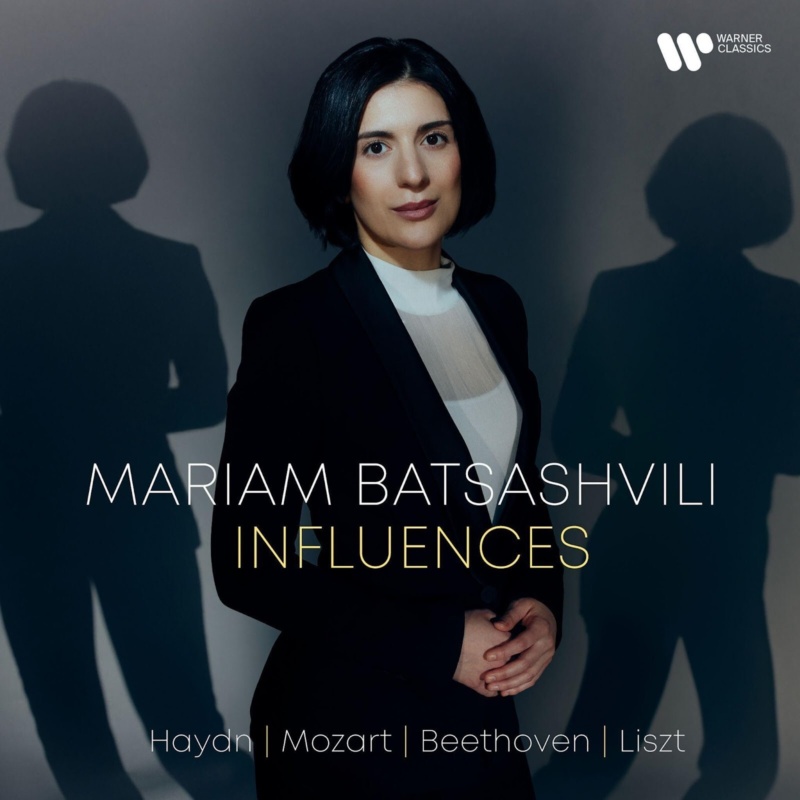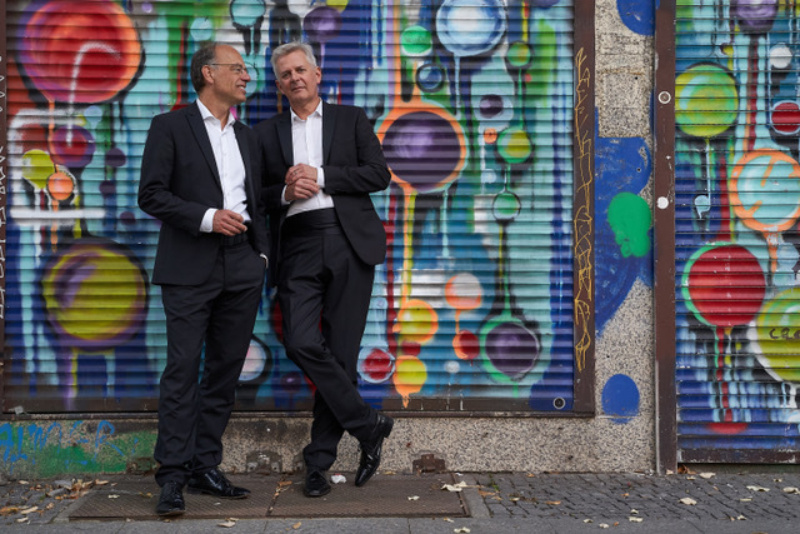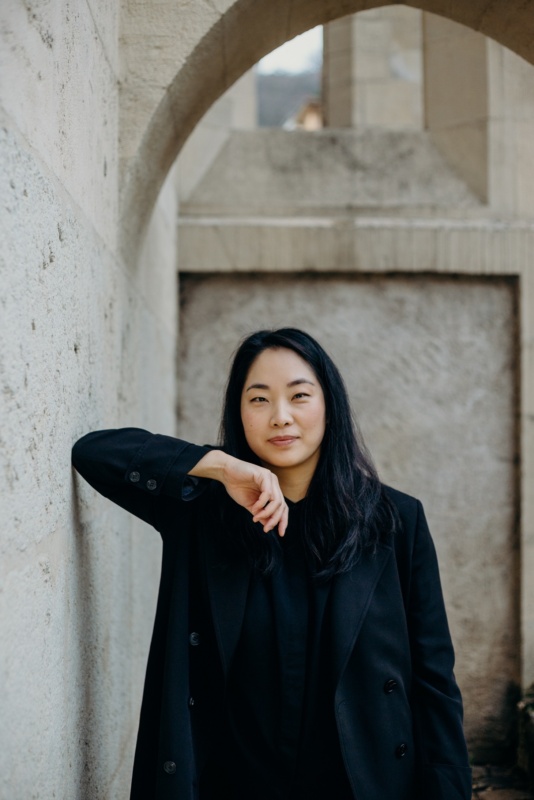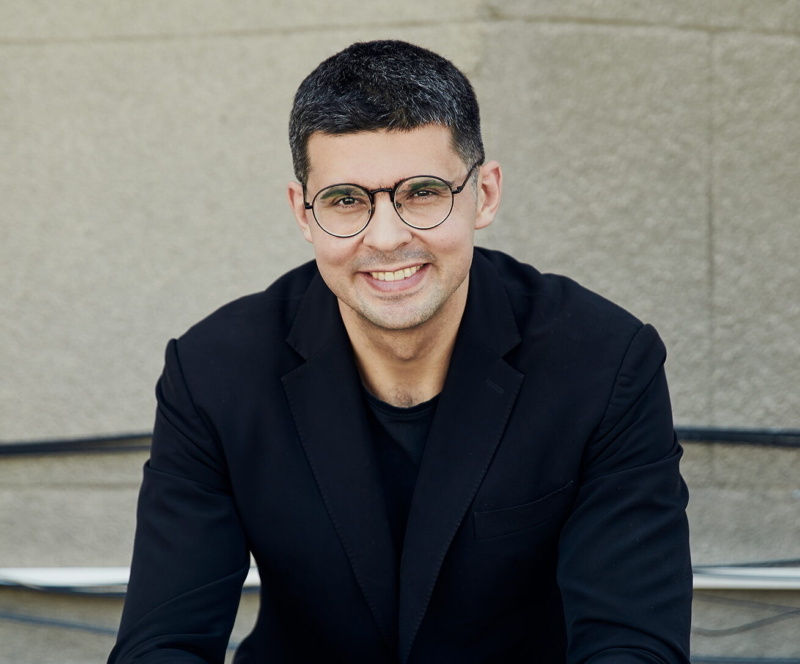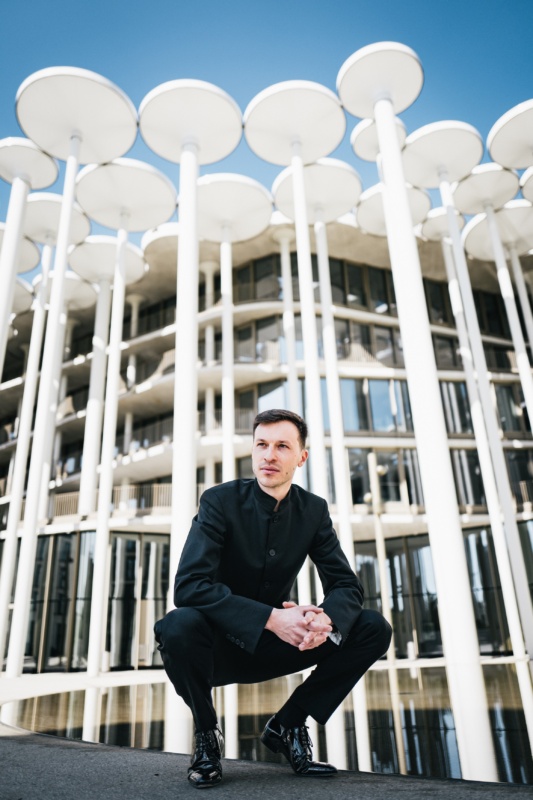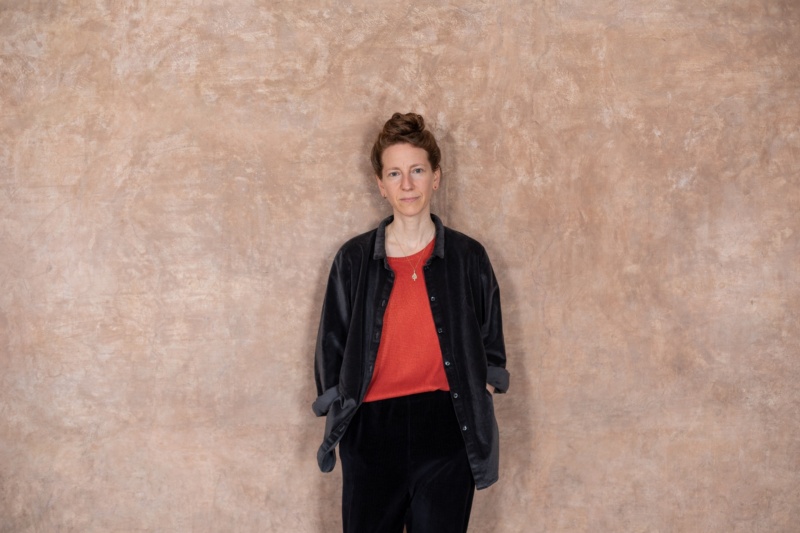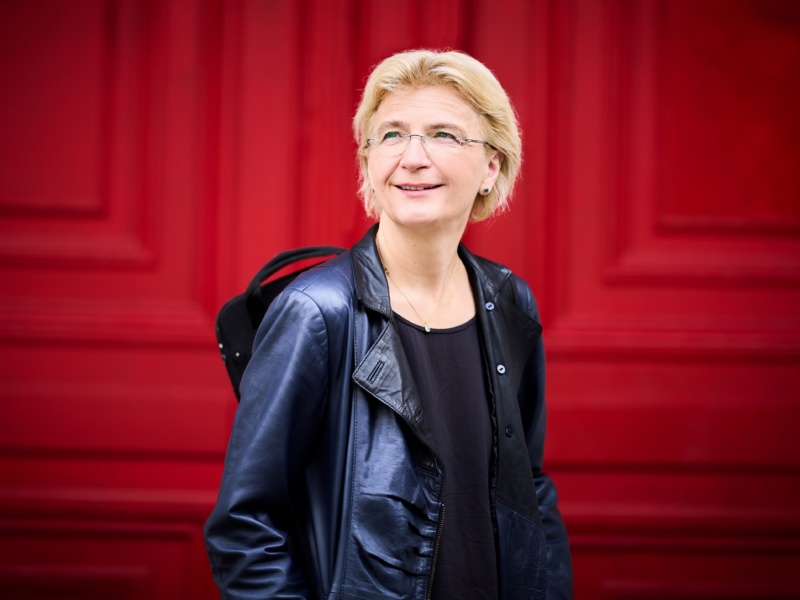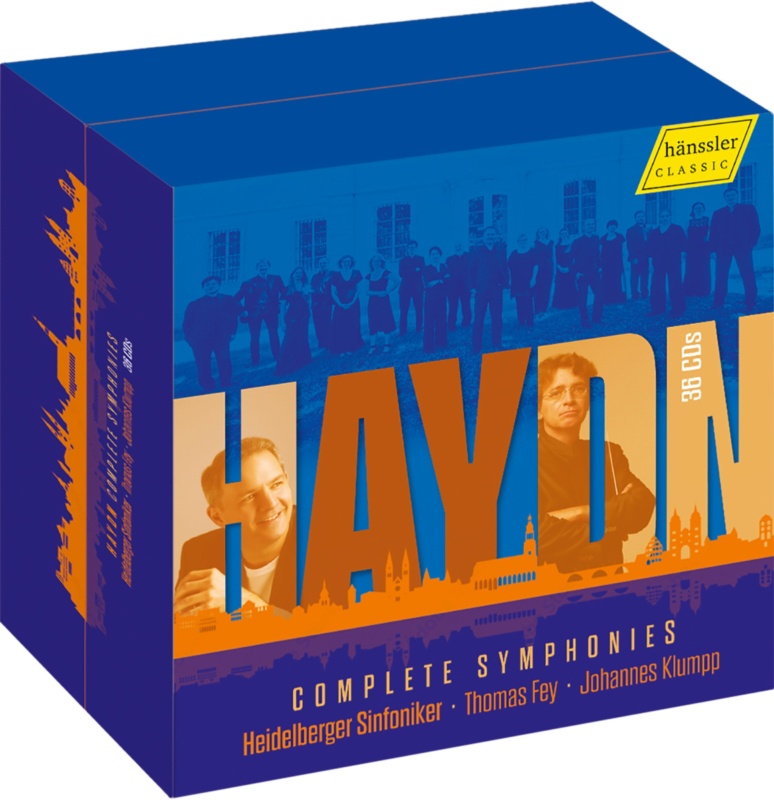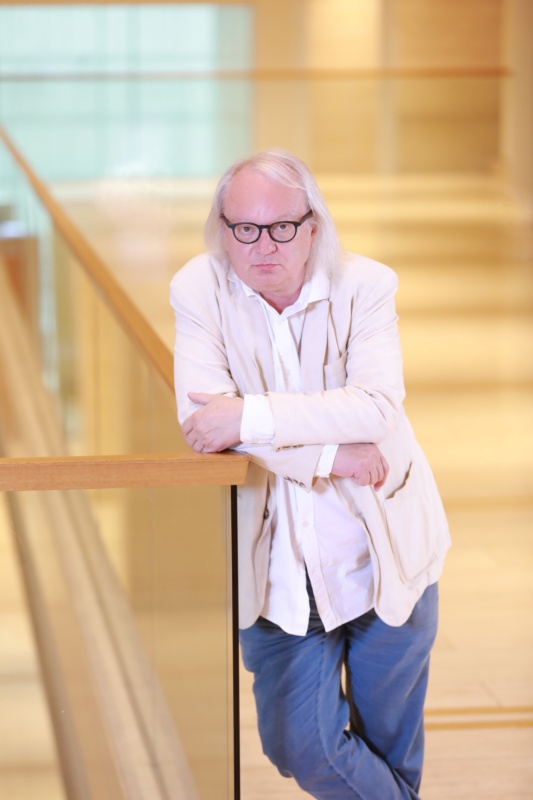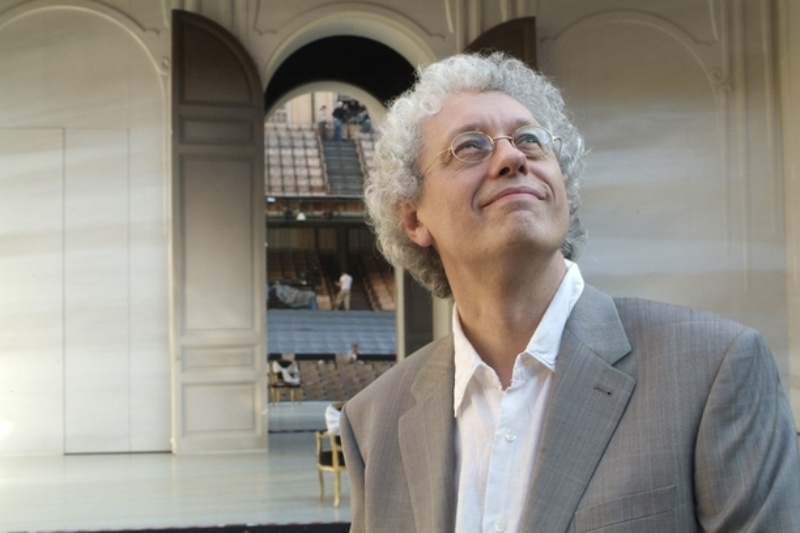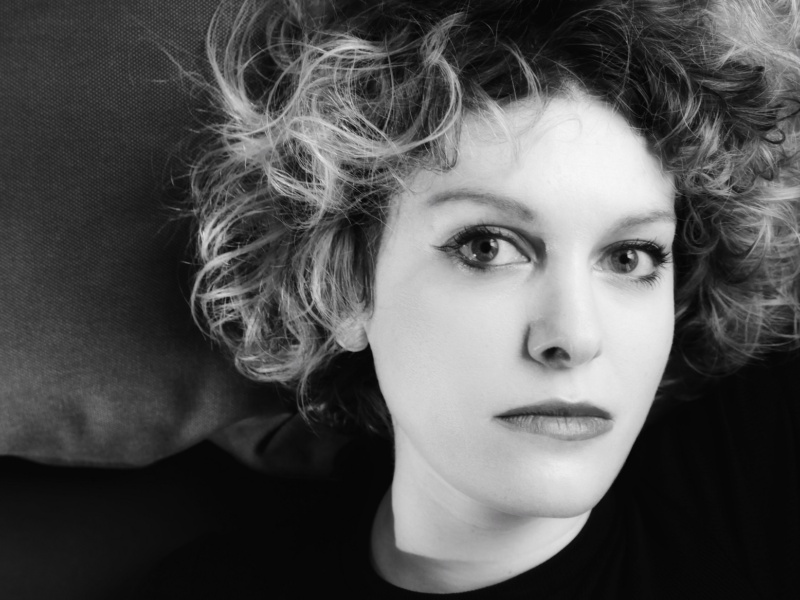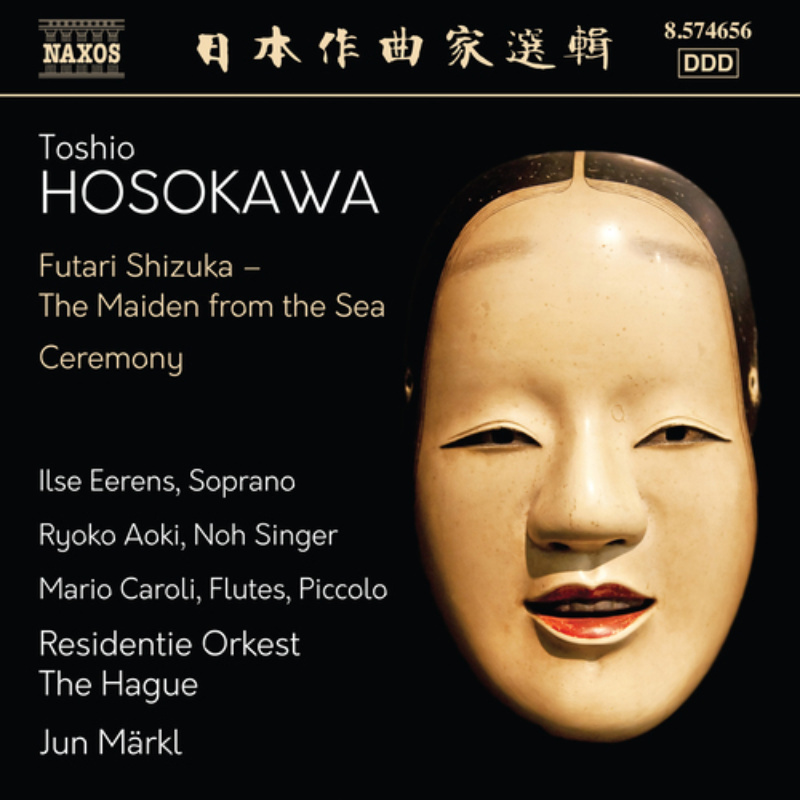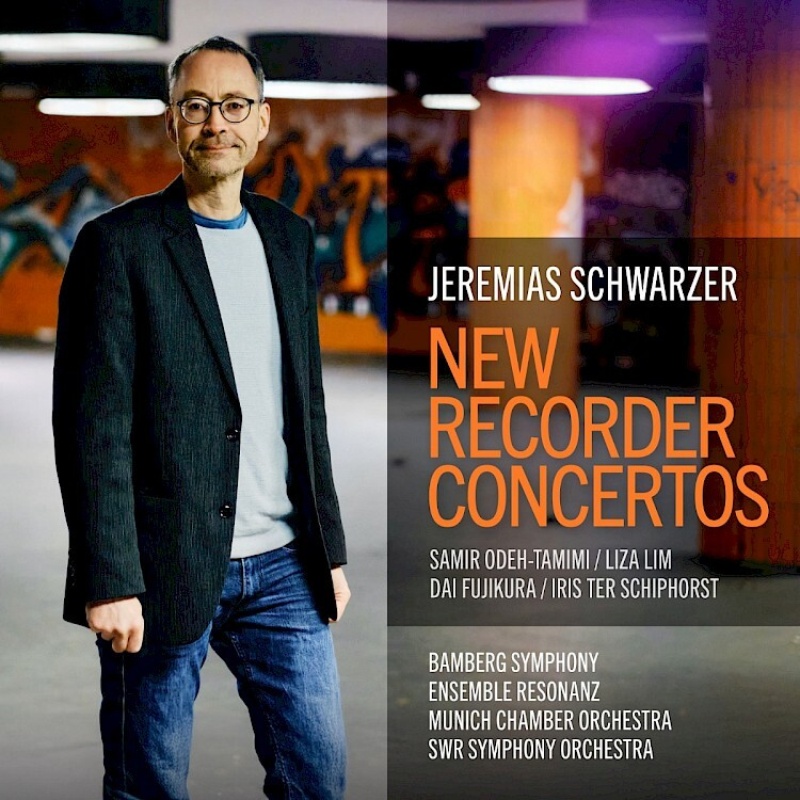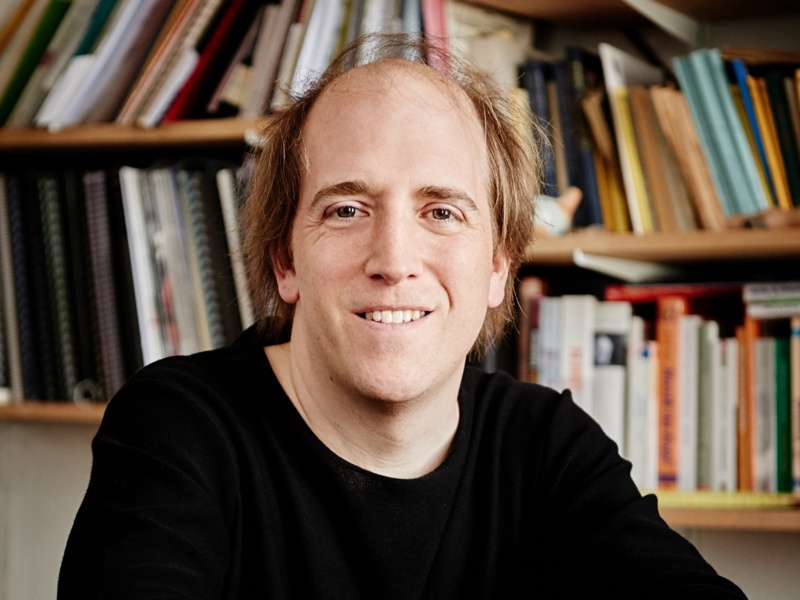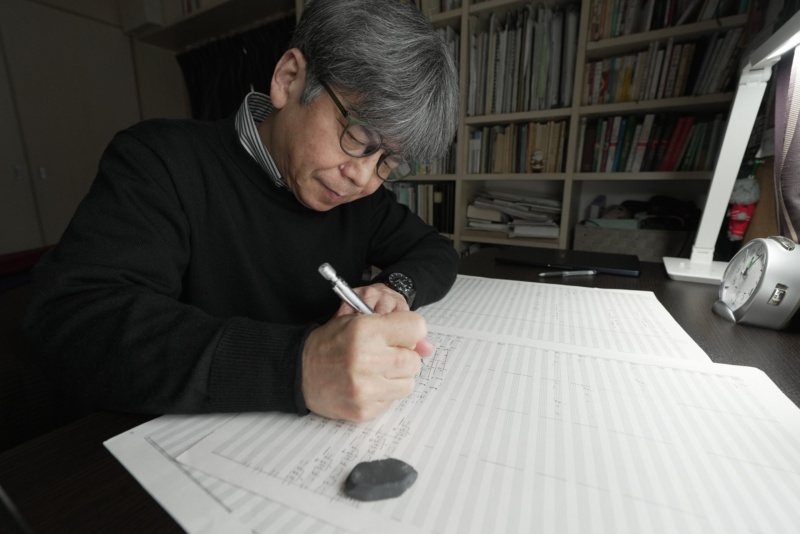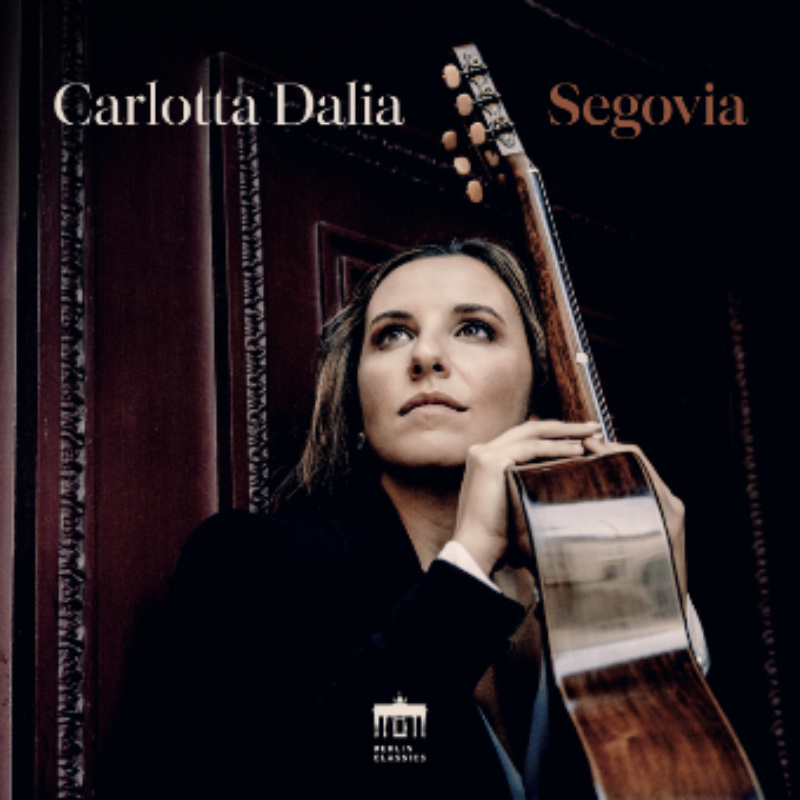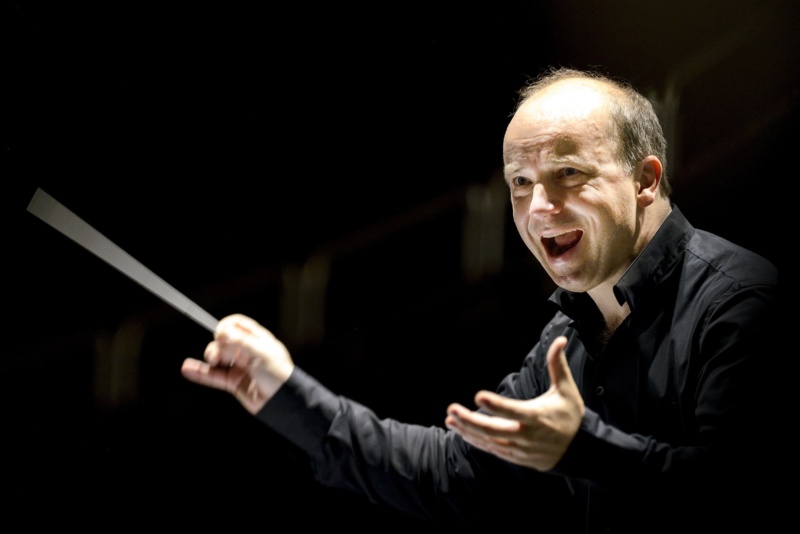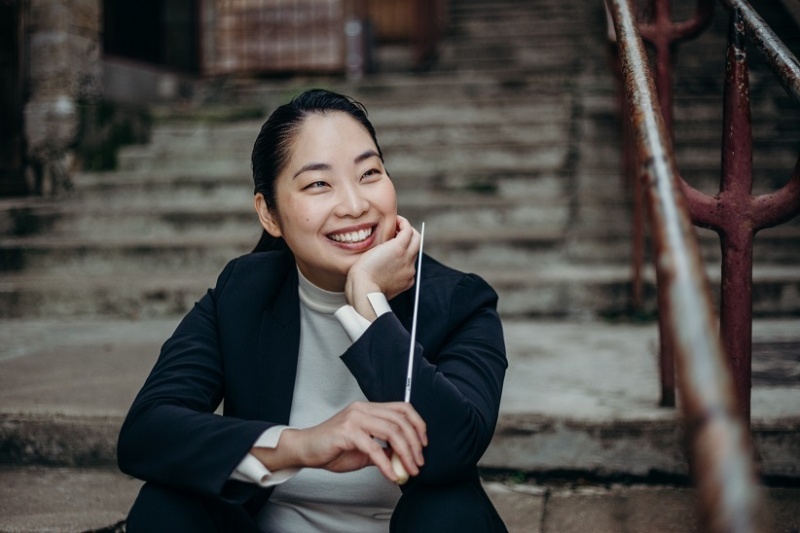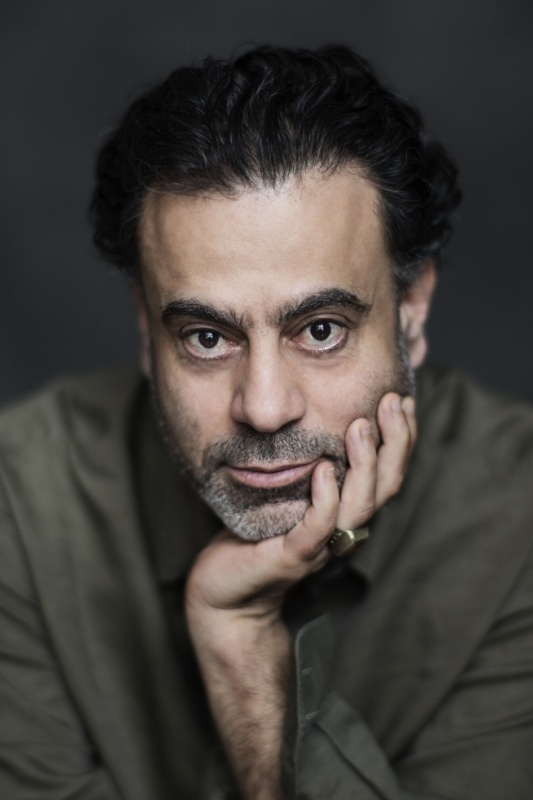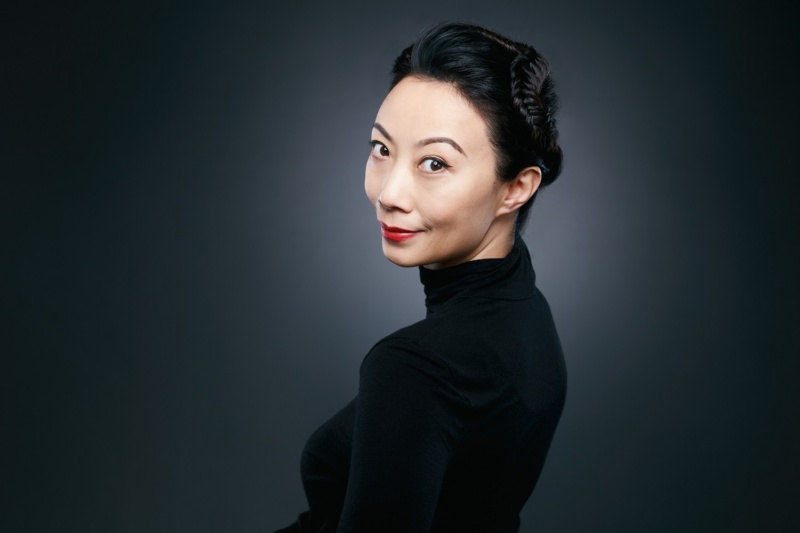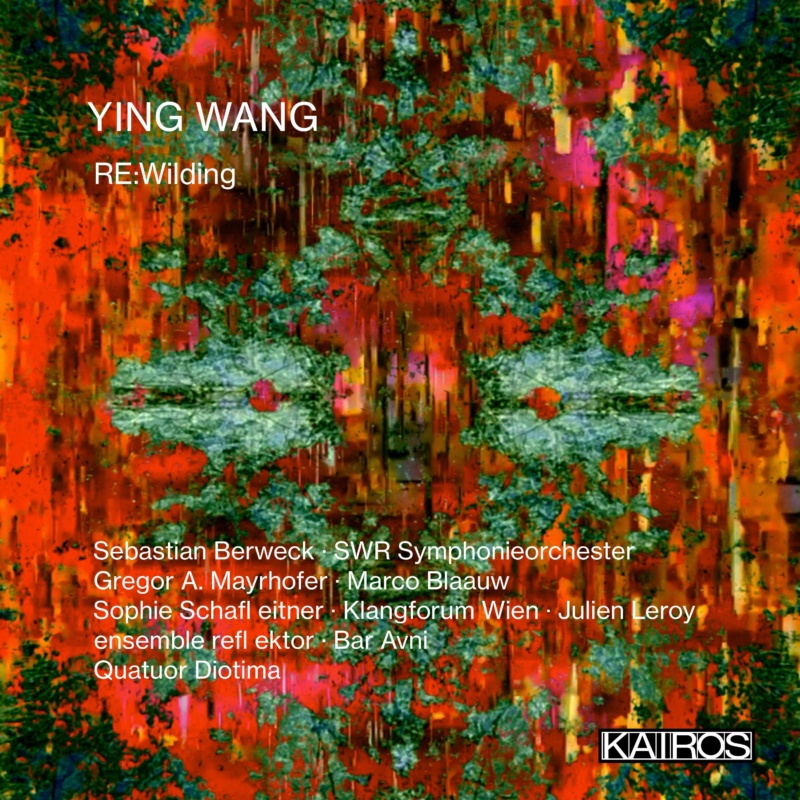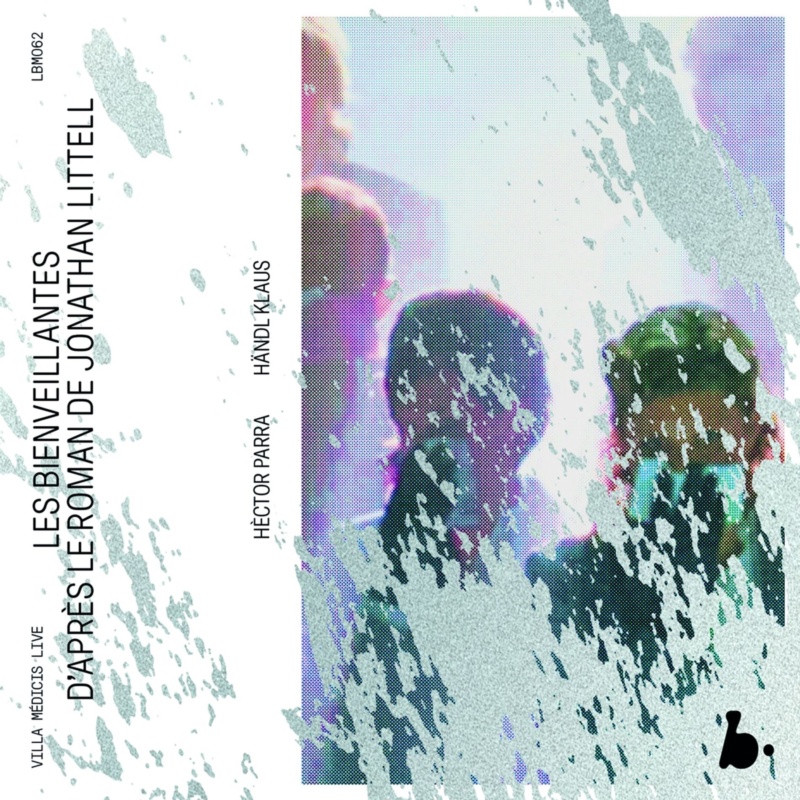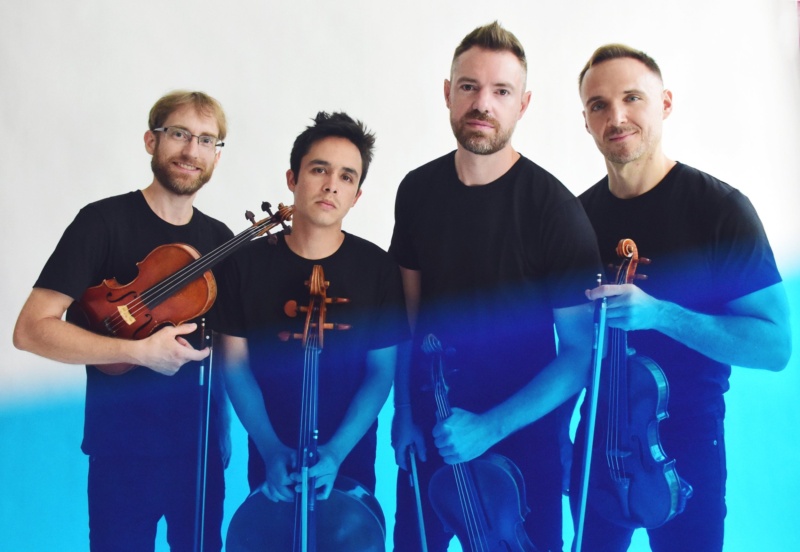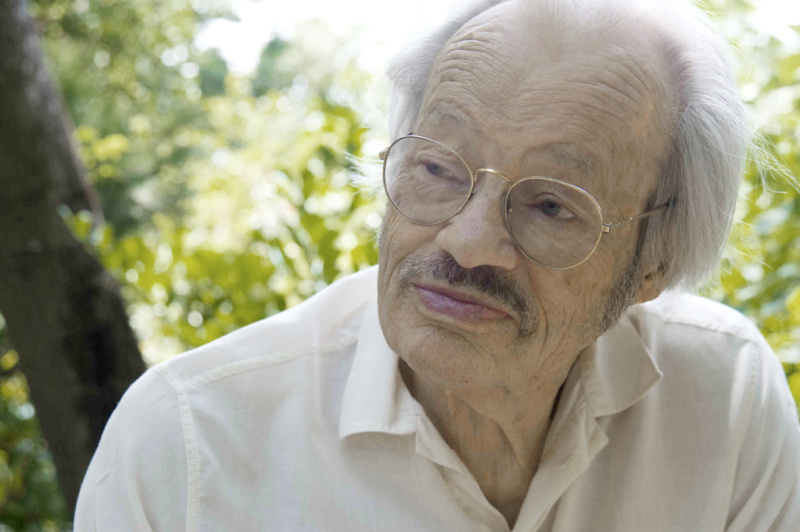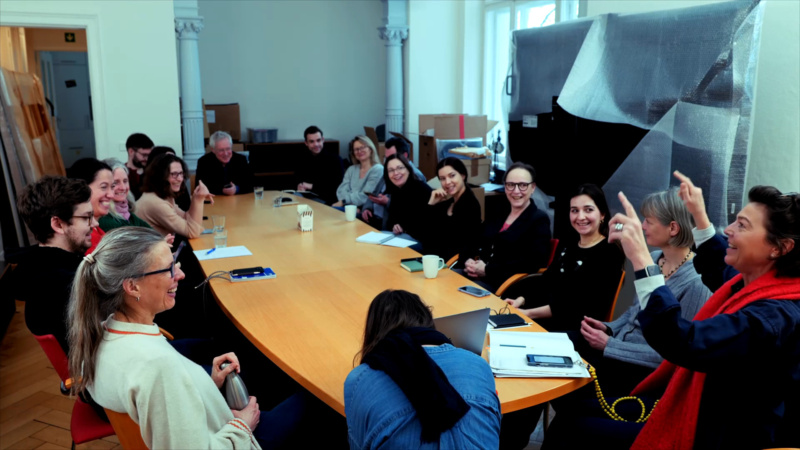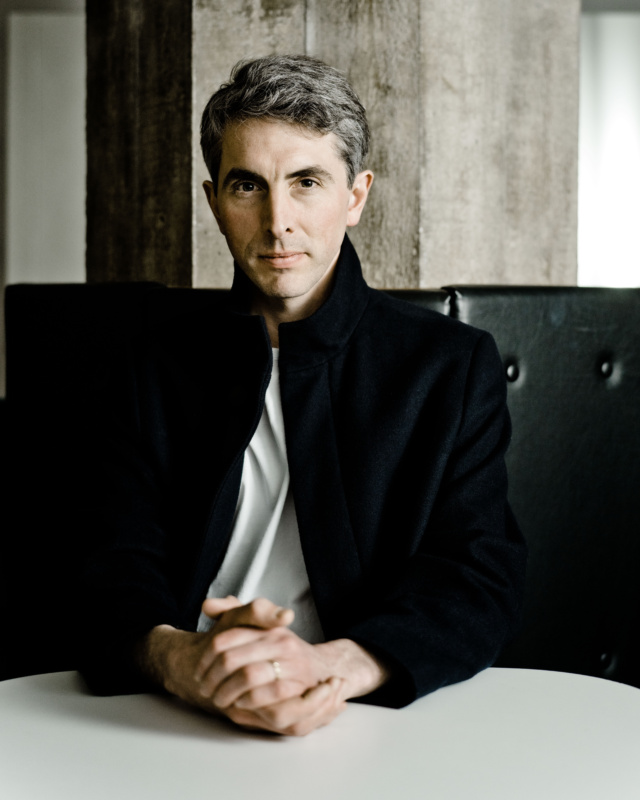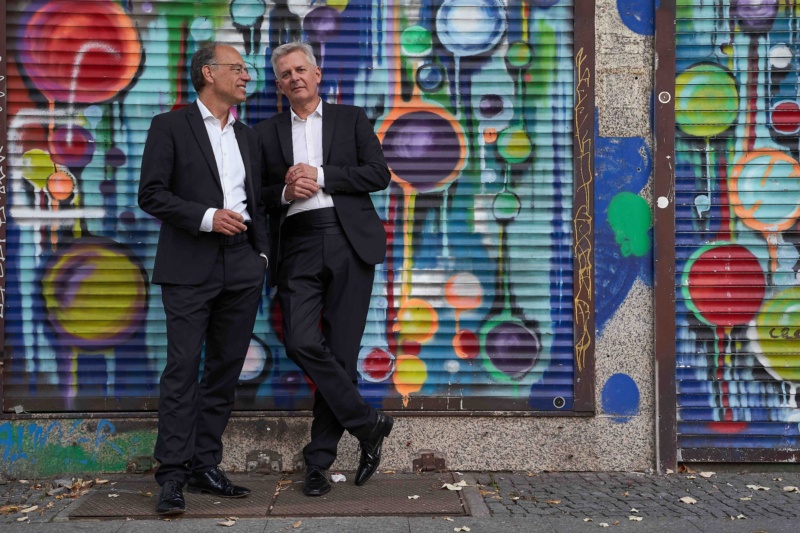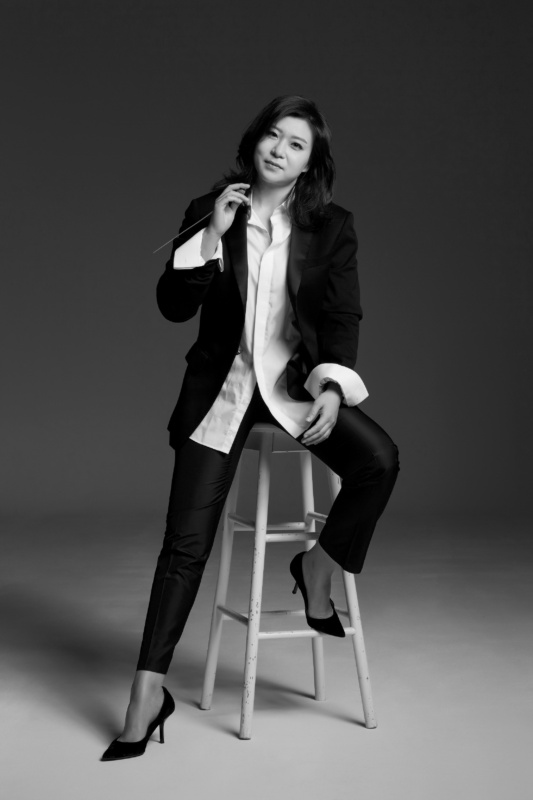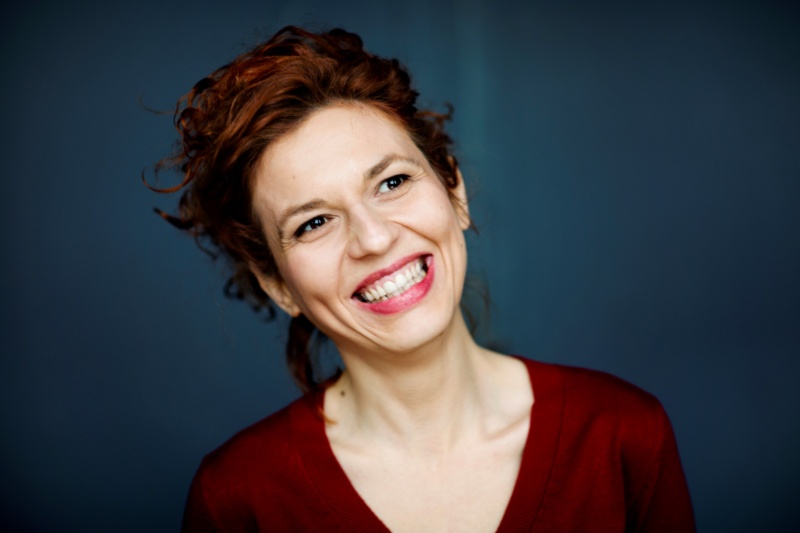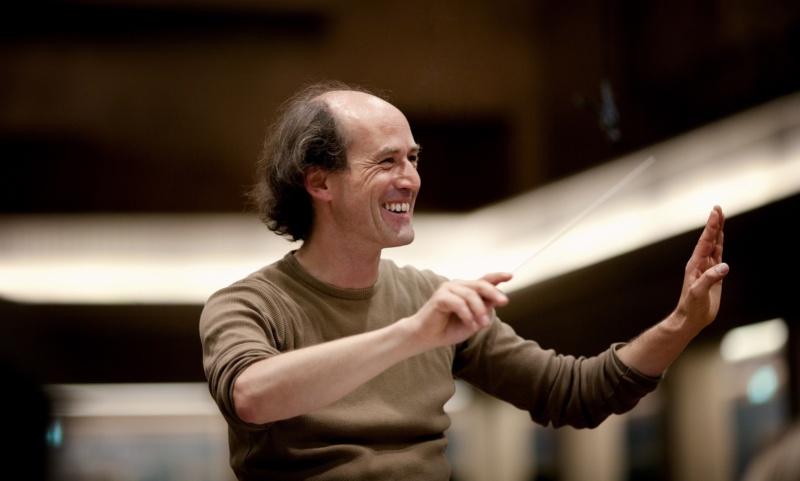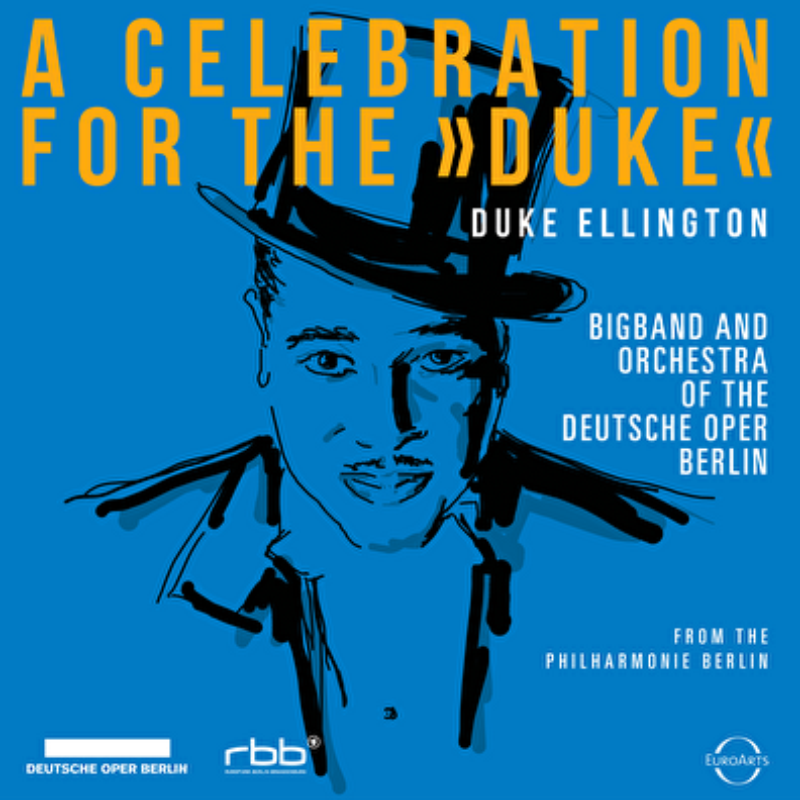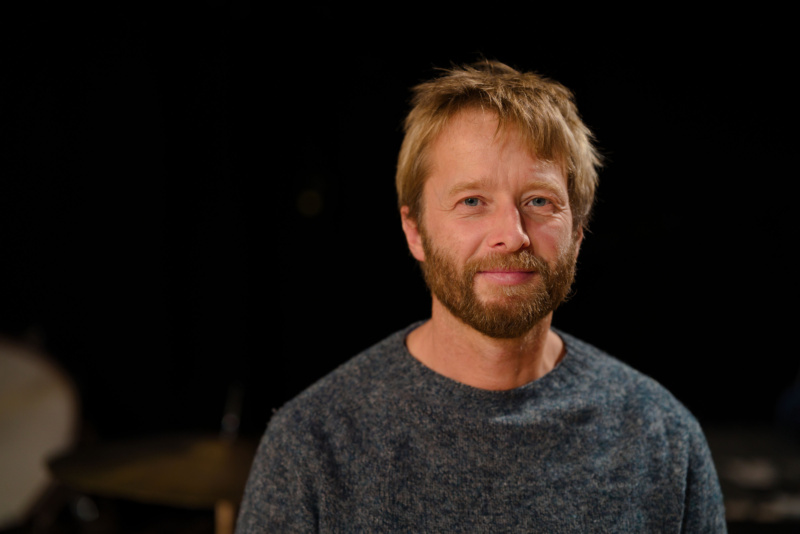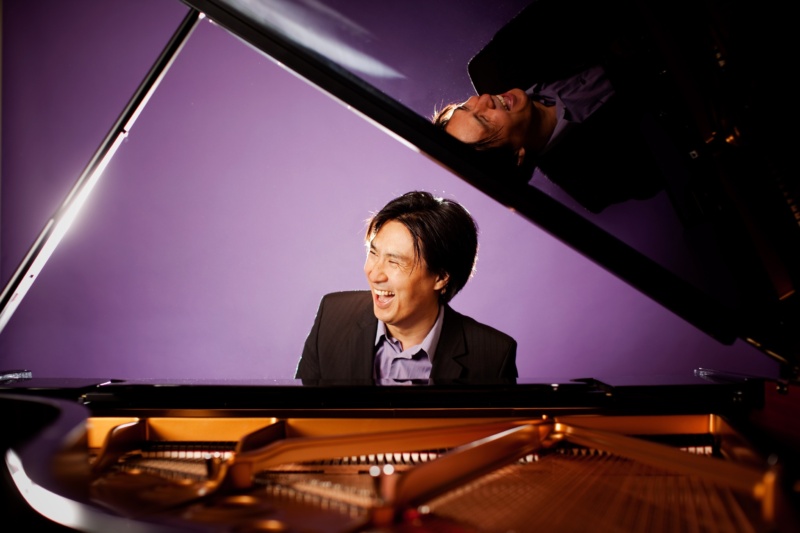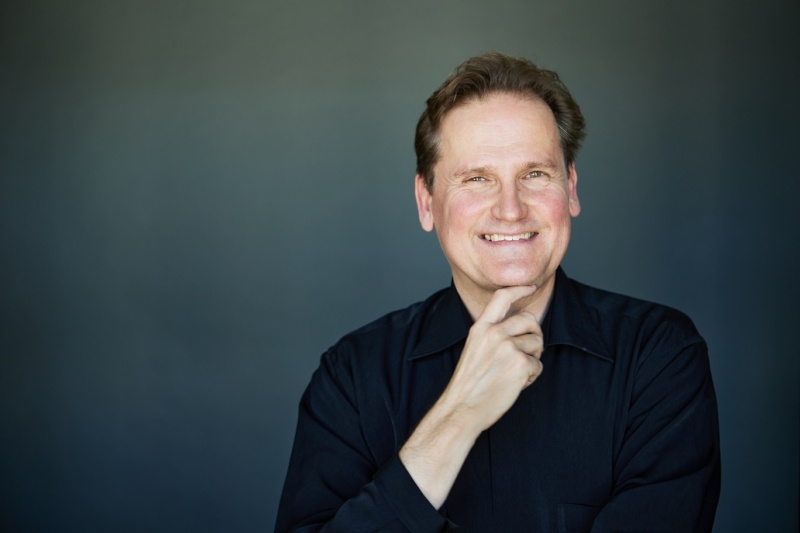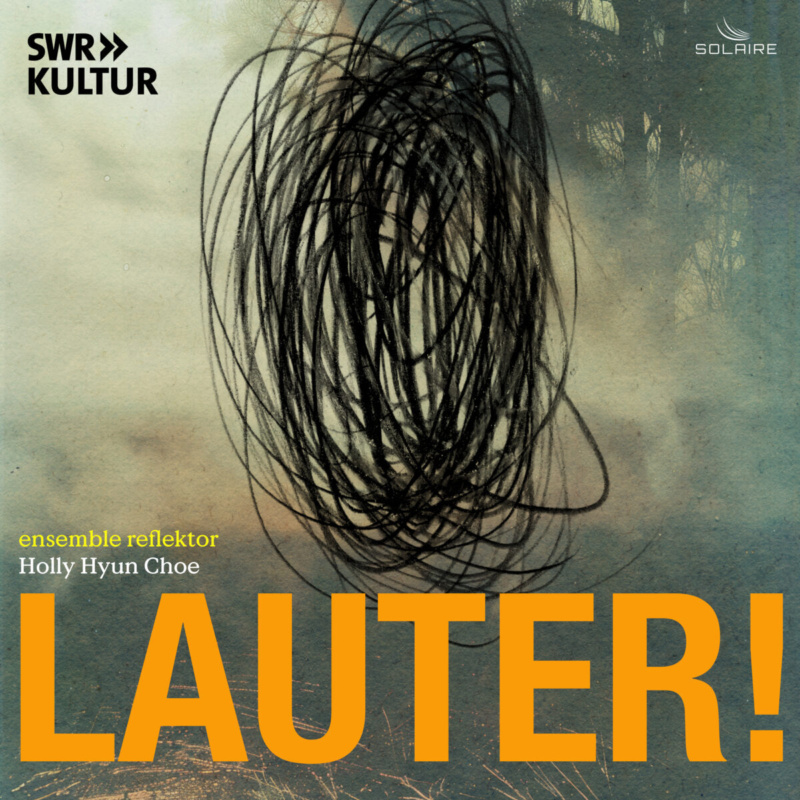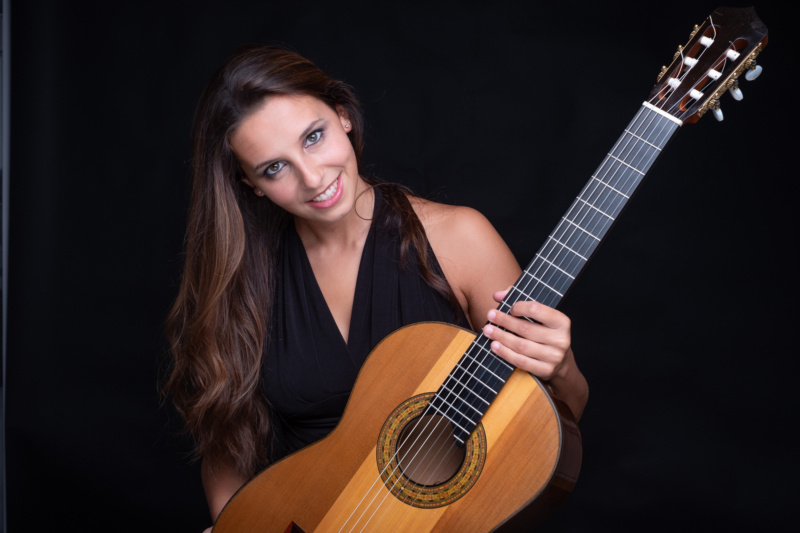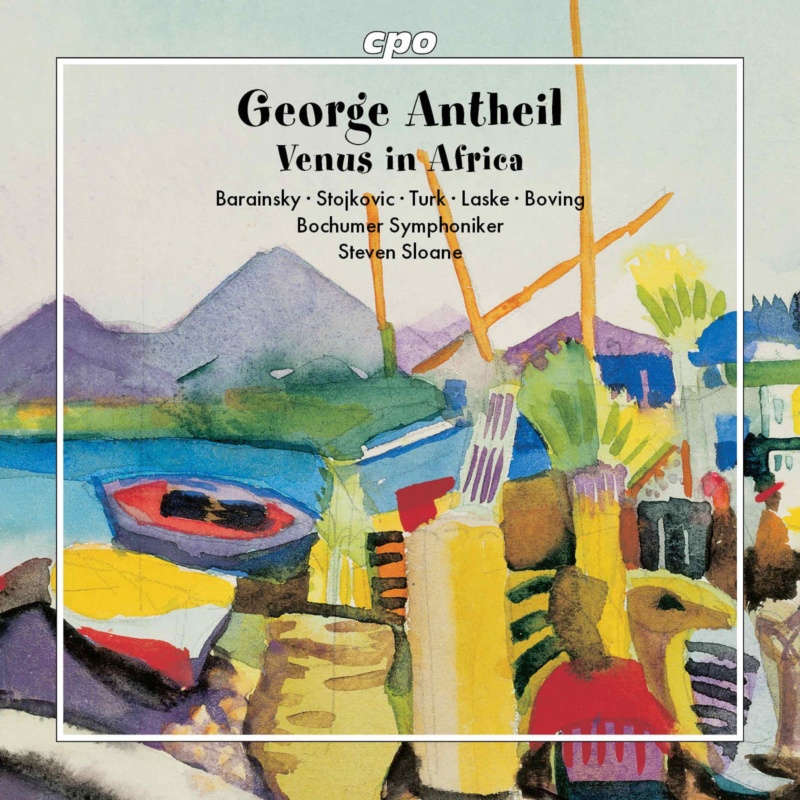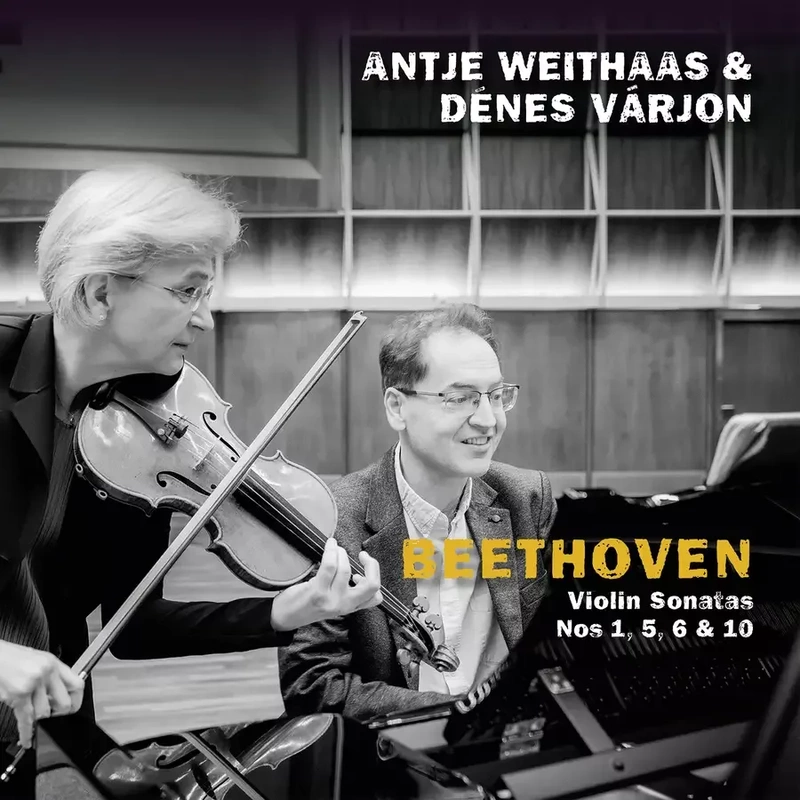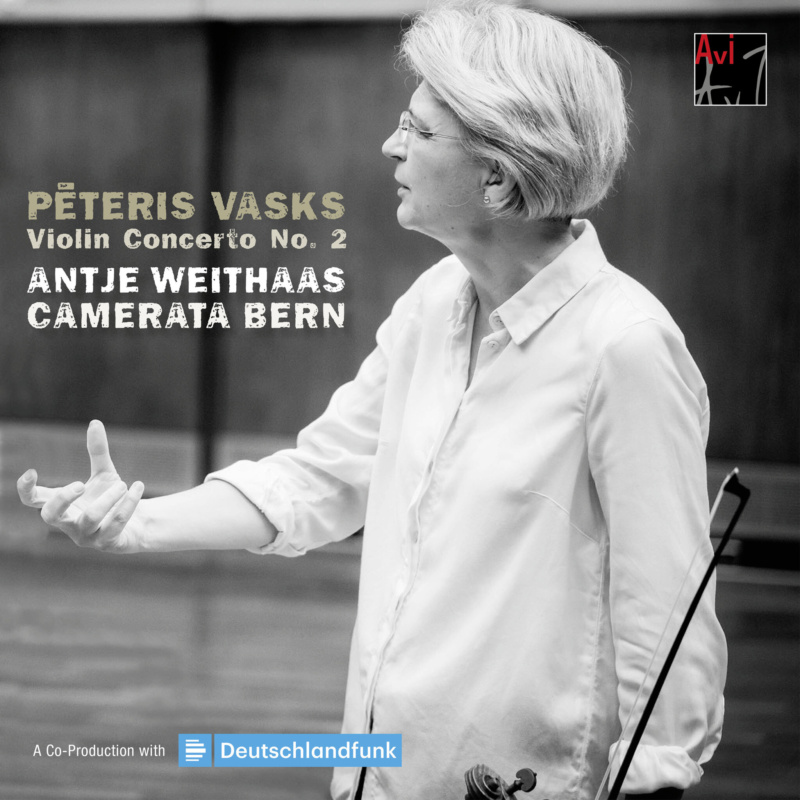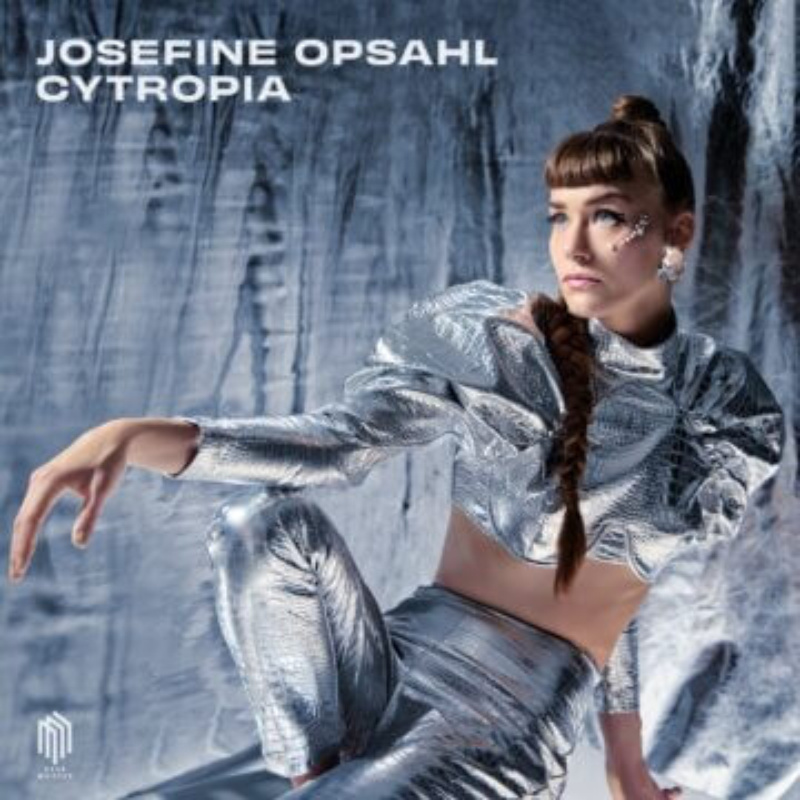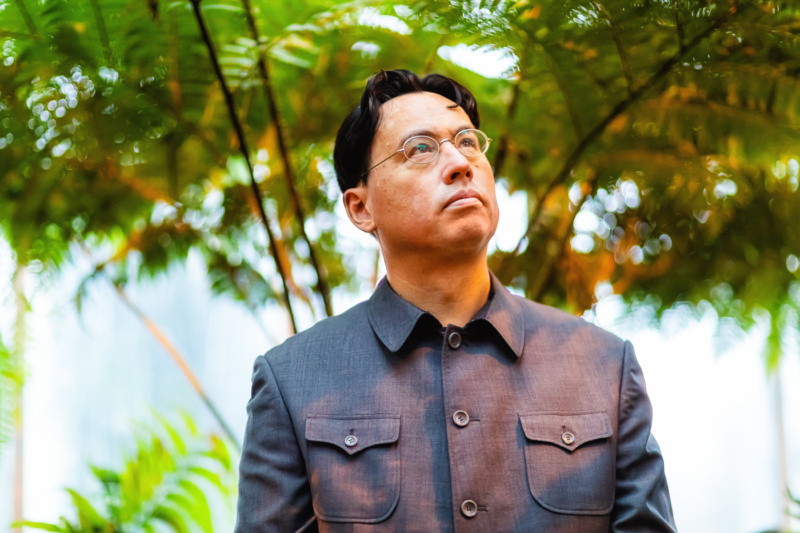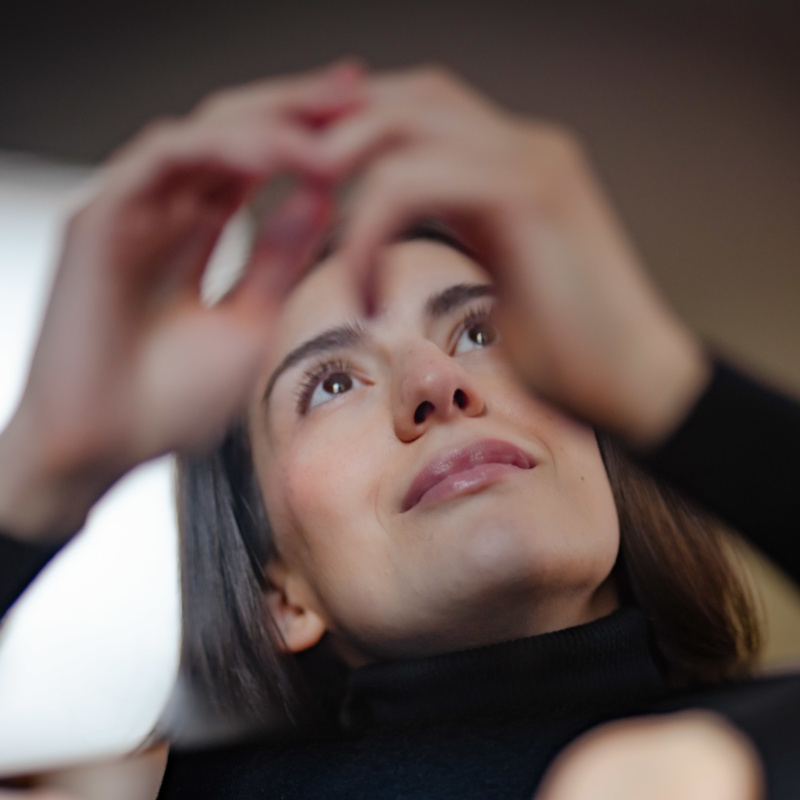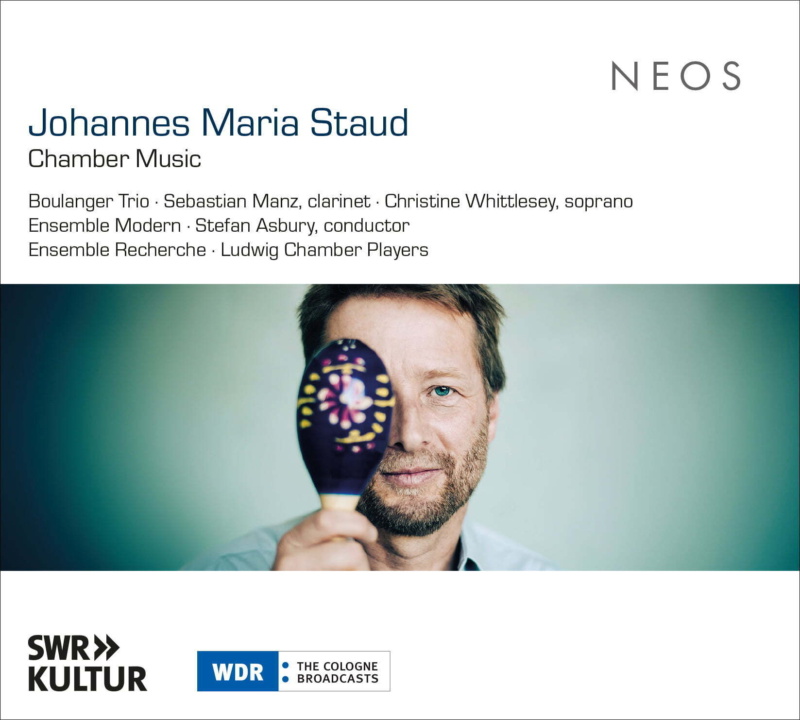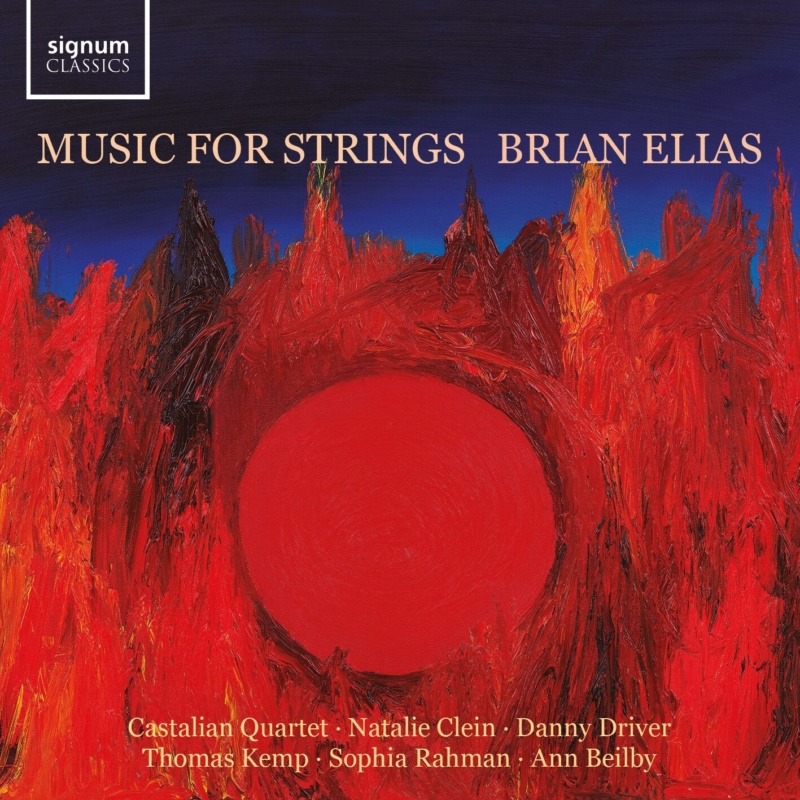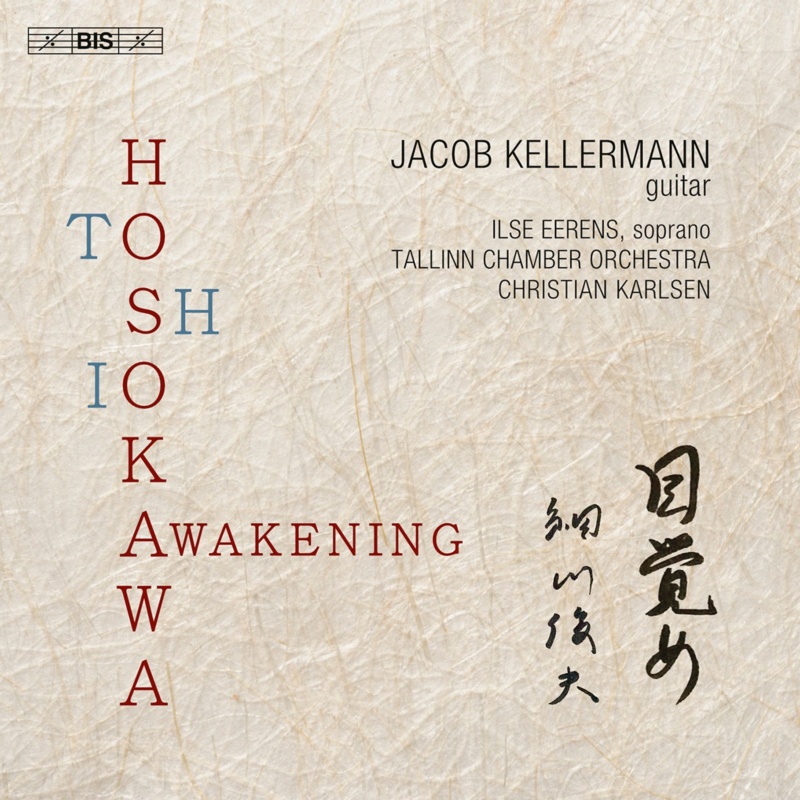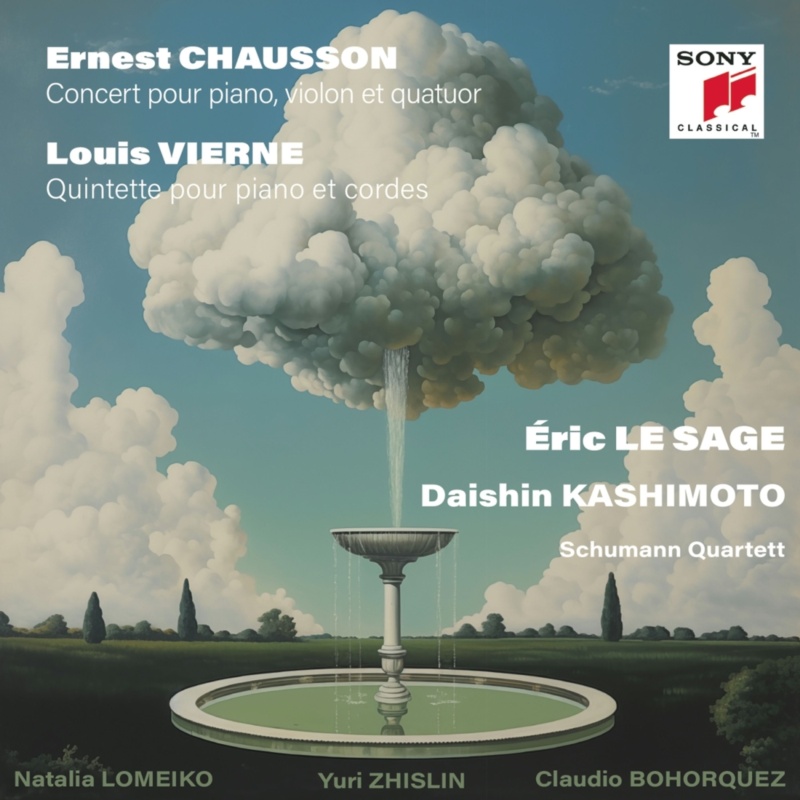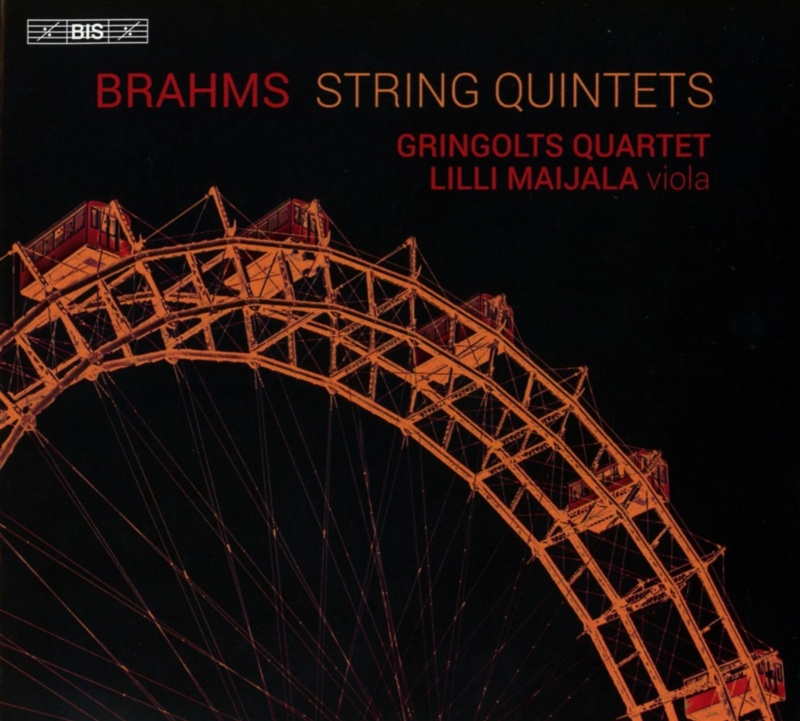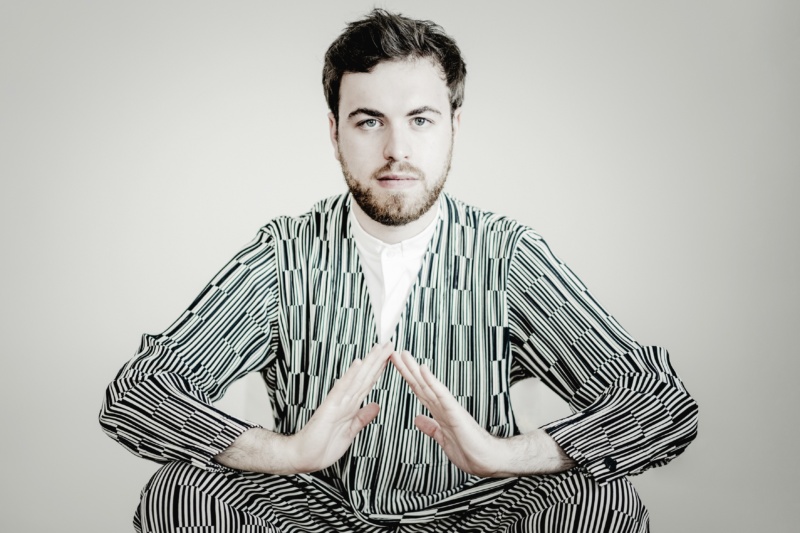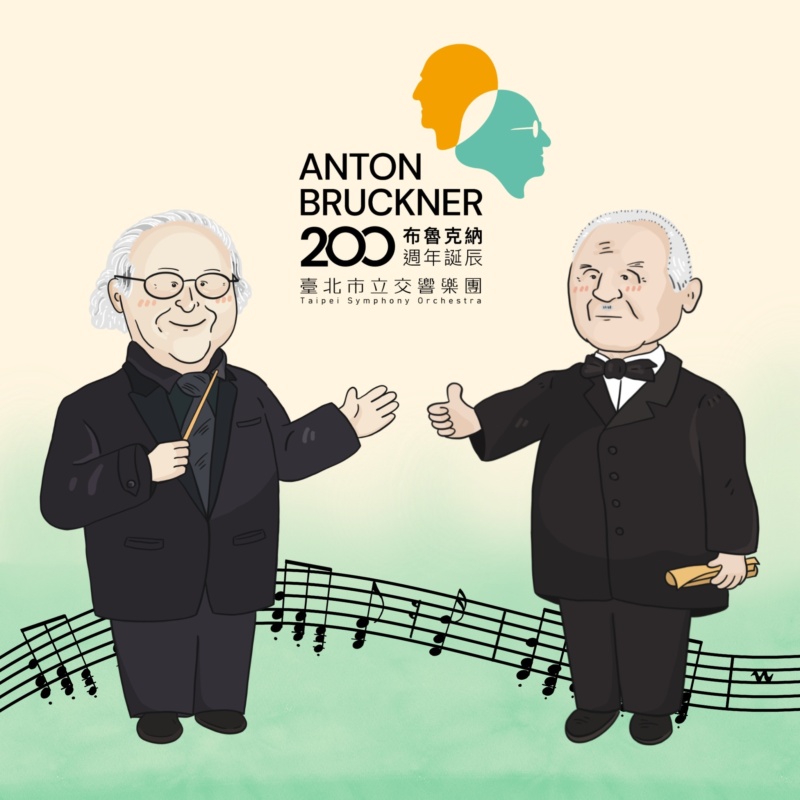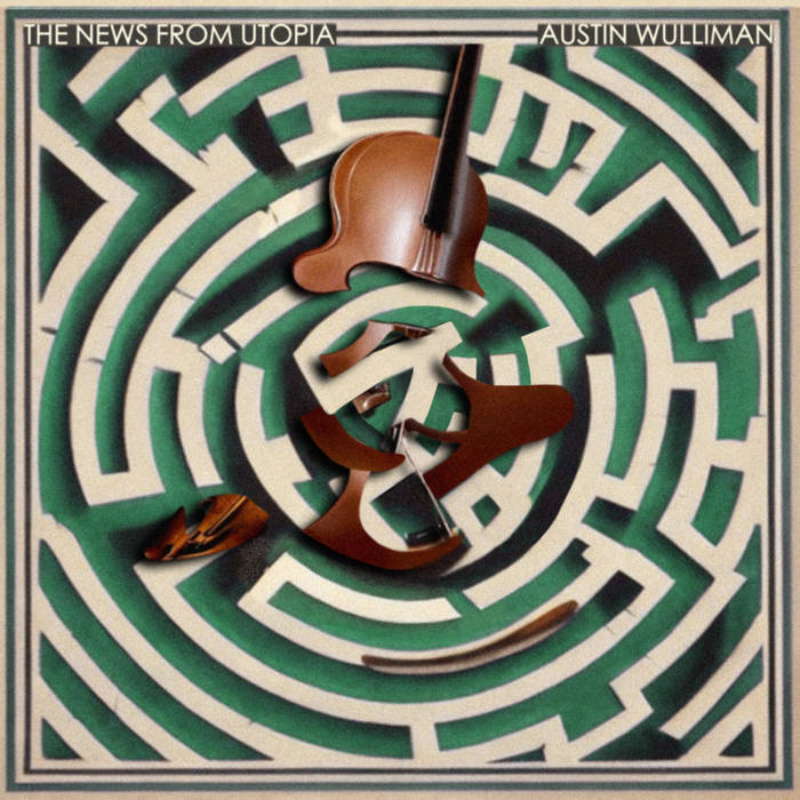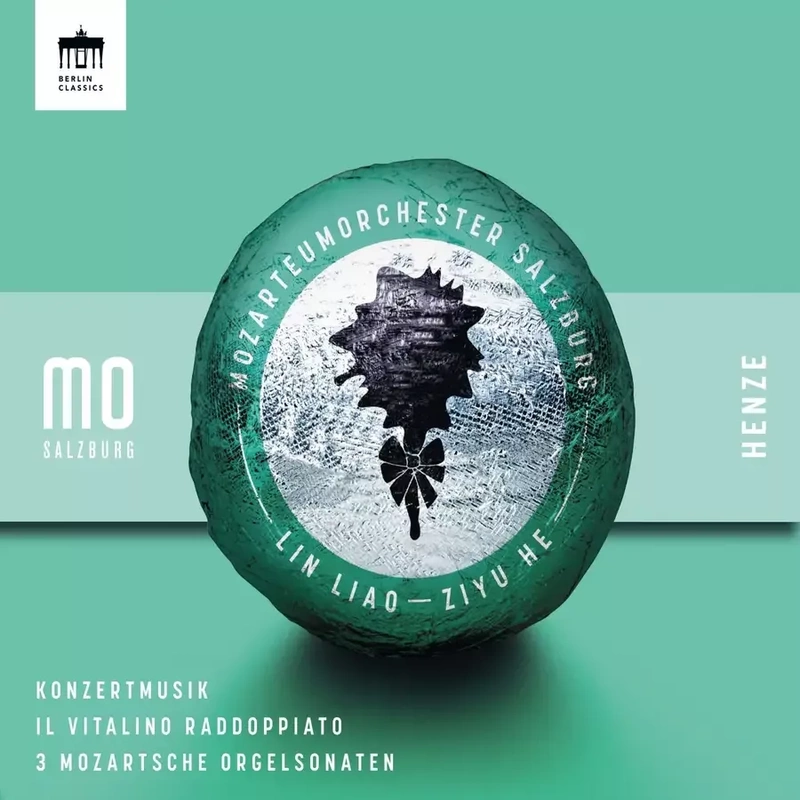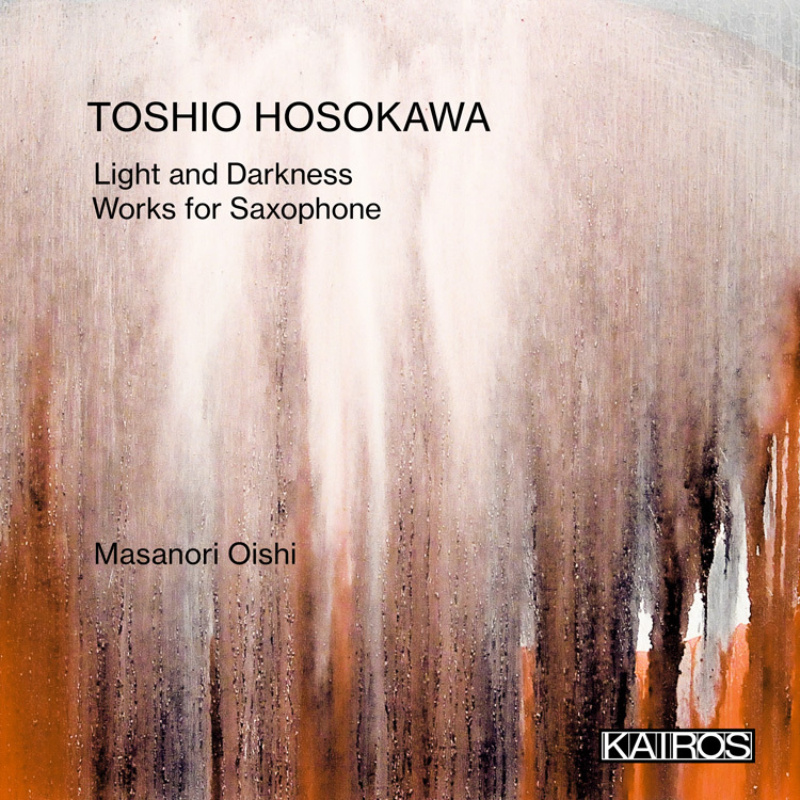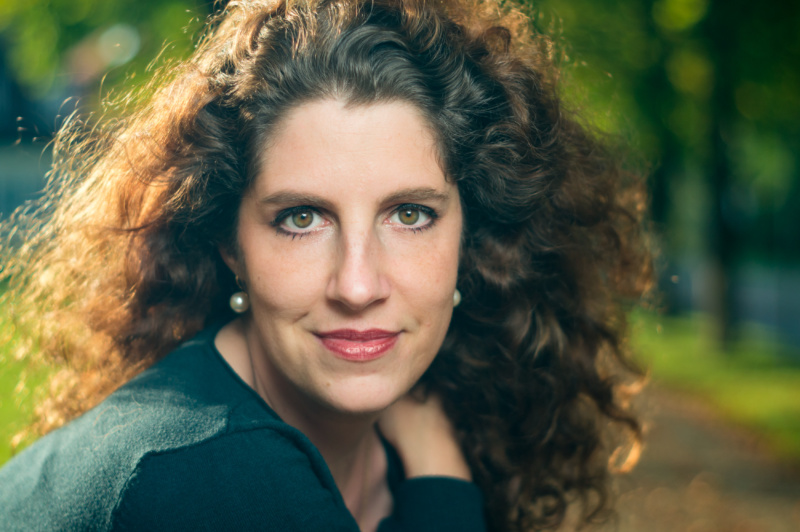Stellenangebot Manager:in für unsere Projektabteilung siehe unten
Ab sofort suchen wir eine*n freie*n Mitarbeiter*in für
Administration und Marketing unserer Academy.
Seit zwei Jahren unterhalten wir unsere eigene Academy. Unser Ziel ist es dabei, Künstler:innen zu befähigen, sich erfolgreich selbst zu managen. Unsere Kurse richten sich aber auch an angehende Kulturmanager:innen, die sich auf Musik konzentrieren wollen. Das Projekt wird vom Berliner Senat, teilweise aus Mitteln der Europäischen Union, gefördert.
Das Aufgabengebiet der neuen Stelle betrifft die Organisation unserer Academy. Wir benötigen Verstärkung in folgenden Bereichen:
- Administration: Anträge, Dokumentation und Abrechnung der Kurse gegenüber unseren Zuschussgeber:innen.
- Marketing: Information potentieller Teilnehmer:innen und neuer Partner:innen (Wettbewerbe, Konservatorien etc.), Ausweitung unseres Netzwerks
Die Arbeit wird 10-15 Wochenstunden in Anspruch nehmen. Wir suchen eine Person, die folgende Voraussetzungen erfüllt:
- abgeschlossene einschlägige Ausbildung
- mehrjährige Berufserfahrung
- fließend Deutsch und Englisch in Wort und Schrift
- gute EDV-Kenntnisse
- eigenverantwortliches, zuverlässiges und effizientes Arbeiten
- Teamfähigkeit und Einsatzbereitschaft
- ausreichende zeitliche Flexibilität
Wir bieten Ihnen
- ein Umfeld, in dem Sie interessante Einblicke in die internationale klassische Musikszene erhalten
- ein freundliches Betriebsklima sowie ein dynamisches, aufgeschlossenes und kreatives Team
- einen Arbeitsplatz in unserem Büro bzw. mobiles Arbeiten nach Absprache
Wir wertschätzen Vielfalt und Diversität, weshalb wir uns über alle Bewerbungen freuen. Ihre vollständigen Bewerbungs-Unterlagen (Anschreiben, Lebenslauf, Zeugnisse) senden Sie bitte per
E-Mail an: info@karstenwitt.com
Ab sofort suchen wir eine*n Manager*in für unsere Projektabteilung mit den Schwerpunkten Eigenveranstaltungen, Touring und Academy
Das Aufgabengebiet umfasst die Akquise, Planung, Vermittlung und Organisation von Veranstaltungen und Tourneen in den Bereichen internationale Orchester, Ensembles, multimediale Projekte und Tanz sowie die Durchführung von Eigenveranstaltungen und Koordination unserer kwmm Academy.
Qualifikation
• einschlägige Berufserfahrung im Bereich Orchester- oder Projektmanagement, gerne mit Auslandserfahrung
• Erfahrung im Tourneebereich und mit Performing Arts-Projekten
• fundierte Repertoirekenntnisse
• fließend Deutsch und Englisch in Wort und Schrift
• sehr gute EDV Kenntnisse
• abgeschlossene Ausbildung
Profil
• sehr gute Kommunikationsfähigkeit
• Flexibilität und Kontaktfreude
• Verhandlungs- und Organisationsgeschick
• eigenverantwortliches, zuverlässiges und effizientes Arbeiten
• Teamfähigkeit und hohe Einsatzbereitschaft
Arbeitsumfeld
Wir bieten Ihnen:
• einen attraktiven und abwechslungsreichen Arbeitsplatz
• einen umfassenden Einblick in die klassische Musikszene
• ein freundliches Betriebsklima sowie ein dynamisches, aufgeschlossenes und kreatives Team
• Mobiles Arbeiten tageweise nach Absprache
Wir wertschätzen Vielfalt und Diversität, weshalb wir uns über alle Bewerbungen freuen. Ihre vollständigen Bewerbungs-Unterlagen (Anschreiben, Lebenslauf, Zeugnisse) senden Sie bitte per E-Mail an: info@karstenwitt.com
